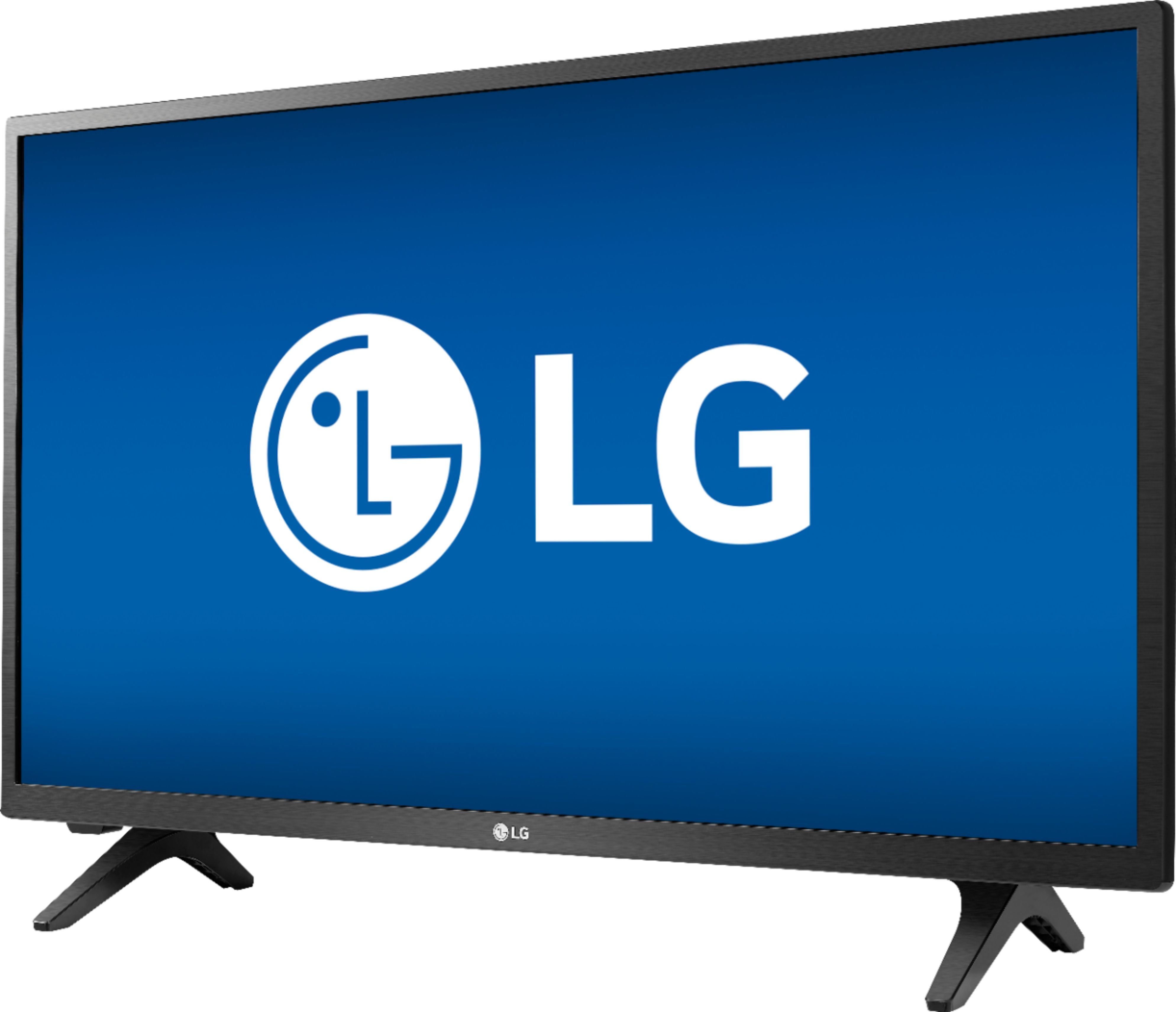When it comes to choosing a new TV, there are many factors to consider, including picture quality, cost, and availability. One technology that has been around for a while but has fallen out of favor in recent years is the plasma TV.
Plasma TVs use a different technology than LED or LCD TVs. Instead of using a backlight to illuminate the screen, plasma TVs use millions of tiny cells filled with gas that is charged with electricity to produce light. This technology allows for deeper blacks and better contrast ratios than LED or LCD TVs, which can make for a more immersive viewing experience.
However, there are some downsides to plasma TVs. They can be more expensive than LED or LCD TVs, and they also use more power, which can lead to higher electricity bills. Additionally, plasma TVs are heavier and thicker than LED or LCD TVs, which can make them harder to mount or move around.
Despite these drawbacks, many people still prefer plasma TVs for their superior picture quality. Plasma TVs are known for having excellent color accuracy and viewing angles, which means that you can enjoy your favorite movies and TV shows from almost any position in the room.
One of the biggest advantages of plasma TVs is their lifespan. While early plasma sets had a shorter lifespan than LED or LCD TVs, recent advancements in technology have greatly extended the lifespan of plasma TVs. Most plasma sets now have a lifespan of 60,000 hours or more, which is equivalent to 9 years of daily use.
It’s worth noting, however, that plasma TVs are no longer as widely available as they once were. Most manufacturers have stopped producing plasma TVs in favor of LED or LCD TVs, which are cheaper to manufacture and more popular with consumers.
While plasma TVs may not be as common as they once were, they still offer some advantages over LED or LCD TVs. If you’re looking for a TV with excellent picture quality and color accuracy, and don’t mind paying a little extra for it, a plasma TV may be a good choice for you. However, if you’re looking for a more affordable and widely available option, you may want to consider an LED or LCD TV instead.

Comparing Plasma TV and LED TV
When it comes to picture quality, plasma TVs generally have a higher contrast ratio than LED TVs. This means that they can display deeper blacks and brighter whites, resulting in a more vivid and lifelike image.
However, LED TVs have become more popular in recent years due to their lower cost and greater availability. They also tend to be more energy-efficient and have a longer lifespan than plasma TVs.
It’s important to note that both plasma and LED TVs have their pros and cons, and ultimately the best choice depends on the individual’s needs and preferences. Here are some key differences between the two:
Plasma TVs:
– Better contrast ratio
– More accurate color reproduction
– Can suffer from image retention (ghost images)
– More susceptible to glare and reflections
– Heavier and bulkier than LED TVs
LED TVs:
– Lower cost
– More energy-efficient
– Thinner and lighter than plasma TVs
– Can suffer from backlight bleeding (uneven lighting)
– May not have as wide of a viewing angle as plasma TVs
While plasma TVs may have a slight edge in picture quality, LED TVs offer a more practical and cost-effective option for most consumers.
The Lifespan of Plasma TVs
Plasma TVs have a lifespan that depends on the number of hours they are used. Initially, plasma TVs had a lifespan of about 30,000 hours, which meant that if the TV was used for eight hours every day, its half-life would be around six years. However, with advancements in technology, most plasma sets now have a longer lifespan of 60,000 hours, with some sets rated as high as 100,000 hours. This means that if a plasma TV has a 60,000-hour rating and is used for eight hours a day, its half-life would be about twelve years. It is important to note that the lifespan of a plasma TV can also be affected by factors such as the quality of the TV, how it is used, and how it is maintained. Therefore, proper care and maintenance can help extend the lifespan of a plasma TV.
Are Plasma TVs Still Relevant in Today’s Technology Market?
Plasma TVs are considered outdated. In fact, TV manufacturers have stopped producing plasma TVs altogether, and have instead shifted their focus to LED-backlit LCD and OLED TVs. Plasma TVs were once popular due to their ability to produce deep blacks and wide viewing angles, but they have been overtaken by the superior picture quality of LED and OLED TVs. Additionally, plasma TVs were known for their high energy consumption and could generate a significant amount of heat, which was a drawback for some consumers. Therefore, if you’re in the market for a new TV, it’s unlikely that you’ll find a plasma TV as an option. Instead, you’ll need to choose between LED-backlit LCD and OLED TVs, both of which offer superior picture quality and energy efficiency.
Conclusion
Plasma TVs were once considered the gold standard for picture quality due to their superior contrast ratio. However, their popularity declined due to factors like a higher cost and the rise of LCD and OLED displays. Despite this, plasma TVs still have a long lifespan and can provide excellent picture quality for those who own them. Ultimately, the decision between plasma and other display technologies comes down to personal preference, budget, and viewing habits. While plasma TVs may no longer be as prevalent in the market, they can still offer a great viewing experience for those who choose to invest in them.








